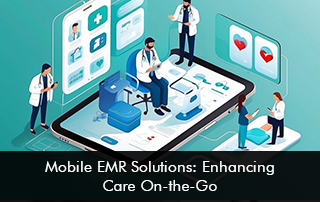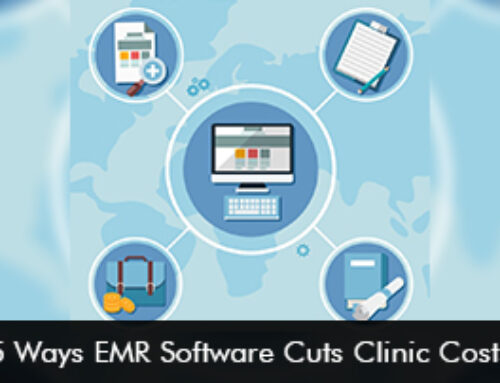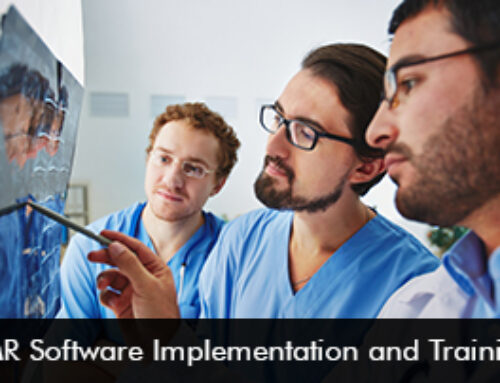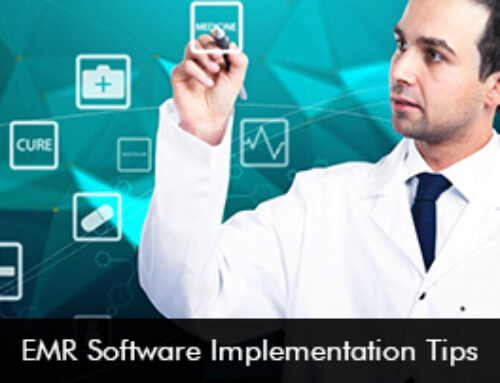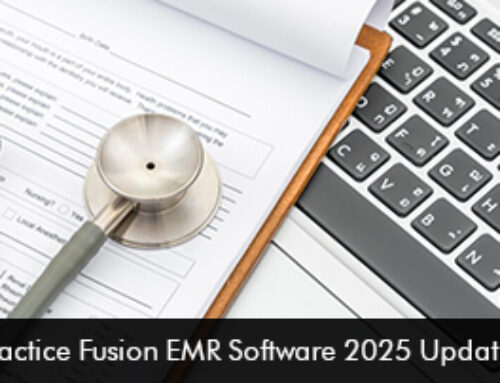In recent years, advancements in healthcare technology have revolutionized how care is delivered. Mobile EMR (Electronic Medical Record) solutions, in tandem with wearable devices, have emerged as powerful tools that enable seamless care from anywhere. As healthcare becomes more patient-centric, mobile EMR solutions provide real-time access to patient data, improving care coordination and clinical outcomes. In this blog, we’ll explore how these technologies are enhancing healthcare delivery and what the future holds.
The Perfect Relationship: EMR Software and Wearable Devices
Wearable devices, such as smartwatches and fitness trackers, have become mainstream tools for tracking health metrics like heart rate, sleep patterns, and activity levels. When integrated with EMR software, these devices become powerful healthcare tools that offer real-time health data, allowing physicians to monitor patients remotely.
Mobile EMR solutions allow clinicians to sync wearable data with patient health records, creating a holistic view of the patient’s overall health. This perfect marriage between wearable devices and EMR software facilitates continuous monitoring, early detection of health issues, and personalized care plans.
For example, a patient with a heart condition can wear a smartwatch that tracks their heart rate throughout the day. This data is transmitted to the EMR system, allowing the doctor to review any abnormal readings remotely. If a dangerous heart rate pattern is detected, the physician can immediately intervene, either by recommending lifestyle adjustments or by scheduling a virtual consultation. This integration enables faster response times, and proactive care, and reduces the need for in-person visits.
Wearable Devices Encouraging Mobile Patient Care Without Physical Visits
Wearable devices are transforming how patients interact with healthcare providers. In the past, patients would need to physically visit their doctors to check vital signs, receive diagnostic tests, or undergo treatment plans. Now, wearable devices make it possible to monitor health conditions in real time, reducing the frequency of physical visits and promoting mobile patient care.
For patients with chronic conditions such as diabetes, hypertension, or respiratory disorders, the use of wearables can significantly improve their quality of life. Devices such as continuous glucose monitors (CGMs) or blood pressure monitors automatically track relevant health metrics and send that data to the patient’s mobile app, which can then be shared with their healthcare provider.
Mobile EMR solutions take this a step further by allowing healthcare professionals to access and analyze this data anytime, anywhere. This reduces the need for patients to make routine visits, as their health status can be tracked remotely. For instance, a patient suffering from hypertension no longer needs to visit a clinic for regular blood pressure checks. Instead, their wearable device continuously monitors it, and any concerning data is flagged for further analysis by the doctor. Mobile patient care thus enables more flexibility, and the patient can seek care only when needed, without unnecessary travel.
Continuous Patient Care: Flexibility for Both Patients and Doctors
The flexibility that mobile EMR solutions offer to both patients and healthcare providers cannot be overstated. For patients, it means they can access their health data at any time, monitor their progress, and stay informed about their treatment plans. For doctors, mobile EMR software offers the convenience of checking up on patient data from anywhere, ensuring they are always in the loop.
This is particularly beneficial in today’s world, where both patients and providers often have busy schedules. With mobile EMR, a patient can be treated effectively even if they cannot attend an appointment in person. A physician can review health data, adjust medications, and communicate with patients through secure messaging or telemedicine portals integrated into the EMR system.
The use of mobile EMR software also enhances continuity of care, especially in cases where patients require long-term monitoring. Physicians can track trends in a patient’s health over weeks or months, enabling them to detect any potential issues early and make data-driven decisions for their care. This continuous patient care not only leads to better outcomes but also builds trust between patients and their healthcare providers.
Additionally, mobile EMR solutions provide an easy way for different members of a healthcare team to collaborate. For example, a cardiologist and a general practitioner can both access a patient’s heart rate data from their wearable device through the mobile EMR platform, enabling them to coordinate care without needing to meet in person or exchange notes. This level of communication is essential for comprehensive and timely patient care.
Public Health: Wearables and Mobile EMR in Disease Prevention
On a broader scale, the integration of wearable devices and mobile EMR systems has significant implications for public health. The ability to continuously monitor patient health in real time means that physicians can not only care for individual patients but also gather valuable health data on a larger scale.
Public health officials can aggregate anonymized data from wearable devices to monitor trends, such as increased heart rate anomalies or spikes in respiratory issues, which could be early signs of widespread health issues like influenza outbreaks or environmental hazards. For instance, during flu season, public health organizations could analyze real-time data from wearables across different regions to predict outbreaks and issue alerts.
Wearables also help in chronic disease management at a population level. For instance, data from diabetic patients using glucose monitors can be analyzed to determine whether treatment plans are effective across a larger group of patients. These insights can help guide public health initiatives, such as campaigns on disease prevention, lifestyle modifications, or even resource allocation.
By using data from wearable devices, healthcare systems can develop early warning systems for disease outbreaks and chronic disease trends. This capability enhances public health responses and can significantly reduce the incidence of diseases through early intervention.
The Future of Mobile EMR Solutions
The future of mobile EMR solutions looks incredibly promising as technology continues to evolve. We are moving toward an era where AI and machine learning can further enhance the capabilities of EMR systems. Wearable devices will become even more sophisticated, with the potential to monitor a wider array of health parameters, including blood chemistry, hydration levels, or mental health indicators like stress.
Additionally, mobile EMR solutions will likely become even more integrated, incorporating other health technologies such as telemedicine, remote diagnostics, and predictive analytics. AI could automatically analyze wearable data and suggest treatment adjustments or alert physicians about potential health issues before they become severe.
Privacy and security will remain a key focus, with ongoing advancements in encryption and secure data sharing ensuring that patient information is protected even as it becomes more accessible.
As these technologies become more ubiquitous, healthcare providers will be better equipped to offer proactive, personalized care. Patients will experience a higher quality of life, as they will have the ability to manage their health more effectively from the comfort of their own homes. Public health systems will also benefit from real-time data, helping to prevent disease outbreaks and manage population health more efficiently.
Conclusion
Mobile EMR solutions and wearable devices are revolutionizing healthcare by making it more accessible, efficient, and patient-centered. Wearable devices encourage mobile patient care, allowing for continuous monitoring without physical visits. Mobile EMR software ensures that care remains flexible and timely, benefiting both patients and doctors. On a larger scale, the ability to track patient health through wearables is transforming public health efforts, enabling earlier diagnoses and better disease prevention. As we look to the future, the continued integration of mobile EMR solutions and wearable technologies promises to further enhance patient care and health outcomes, shaping the future of healthcare for the better.


